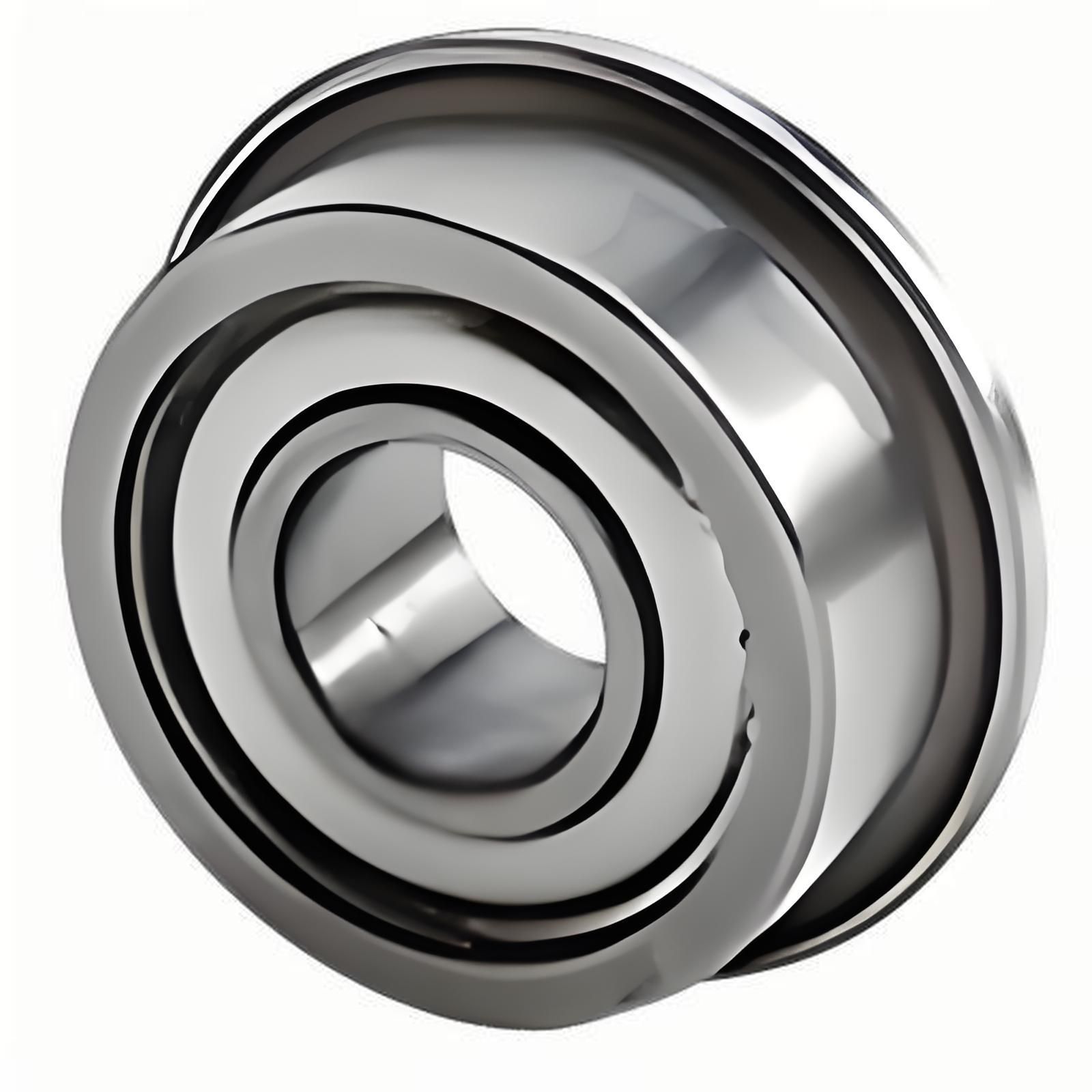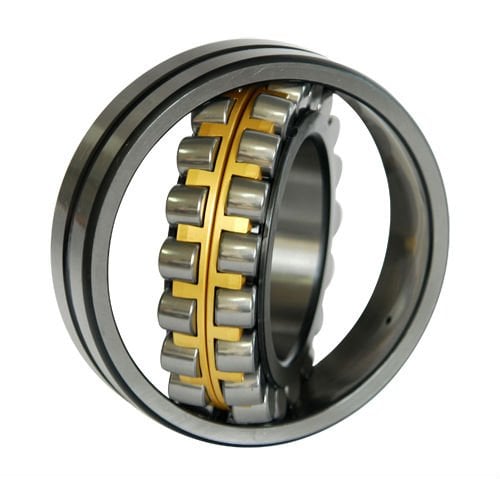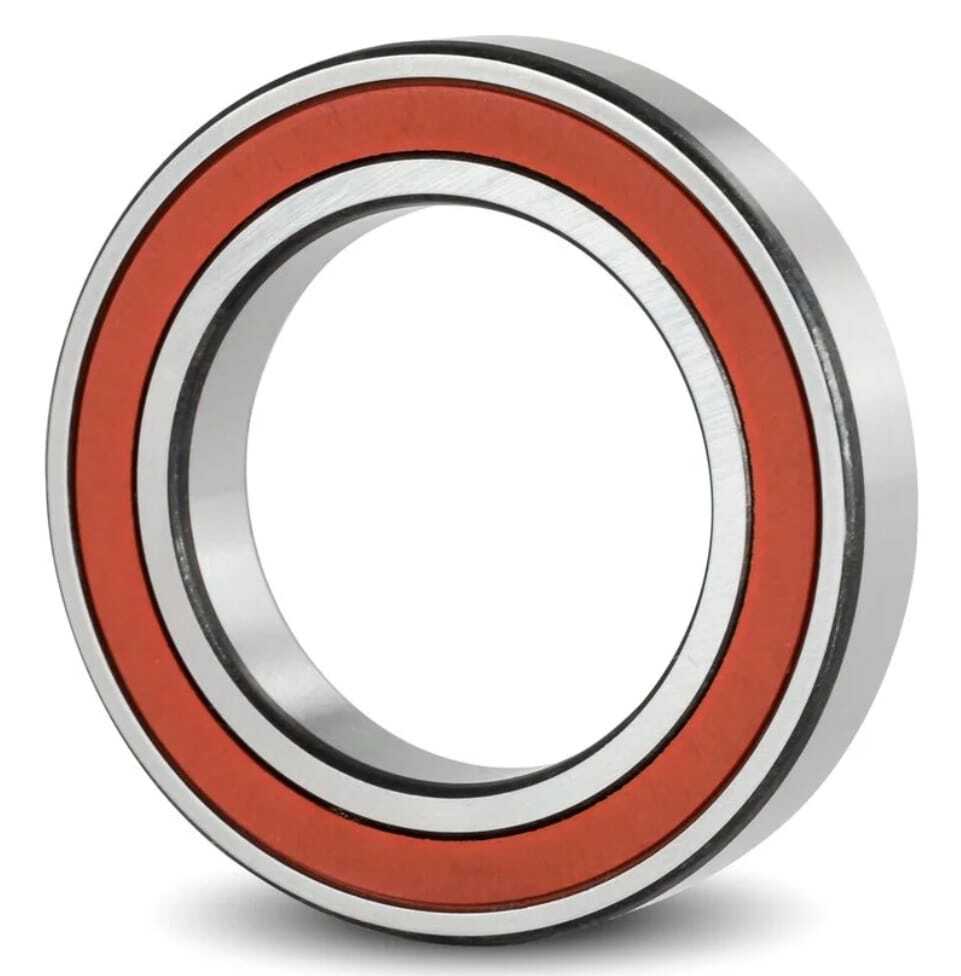Extra-large Spherical Roller Bearings Gained Likes from Clients
It is known that Lily Bearing has long been enjoying a worldwide reputation in making roller bearingswith different models. Recently, customized...

Extending the life of ball bearings is important for improving efficiency, reducing downtime, and controlling costs. By reducing the need for frequent part changes, businesses can lower maintenance costs and improve overall cost-effectiveness.
Here is a table that presents common ball bearing issues, their causes, and how the guide addresses them:
|
Ball Bearing Issue |
Common Causes of Failure |
How This Guide Addresses the Issue |
|
Wear and Tear |
Continuous motion causes rolling elements and raceways to wear down. |
Offers tips on proper lubrication and load management to minimize wear. |
|
Corrosion |
Exposure to moisture, chemicals, or harsh environments. |
Recommends corrosion-resistant bearings and maintaining a clean environment. |
|
Lubrication Failures |
Inadequate or polluted lubrication leading to friction and overheating. |
Provides guidance on proper lubrication practices and choosing the right lubricant. |
|
Misalignment |
Improper alignment during installation causing uneven stress. |
Discusses ensuring proper alignment and using adjustable mounted bearings to compensate for misalignments. |
|
Overloading |
Applying loads beyond the bearing's rated capacity. |
Explains load calculation and monitoring to prevent overloading bearings. |
|
Contamination |
Dirt, dust, and debris entering the bearing and damaging components. |
Highlights the importance of sealing, cleaning, and maintenance to prevent contamination. |
To handle a ball bearing properly and prevent damage, always wear clean gloves to avoid transferring oils or dirt. Avoid direct contact with the rolling elements. Use appropriate tools like bearing pullers for installation or removal. Handle the ball bearings carefully to avoid dropping or causing any impact.
Turn off the machine and use clean tools to take a sample of the lubricant.
Label the sample with information like the bearing location, date, and conditions.
To inspect a ball bearing, look for visible damage like cracks, chips, or rust. Spin the bearing by hand and listen for any unusual noises, such as grinding, which may indicate wear. Feel for roughness or stiffness, and check the lubrication to make sure it's clean and sufficient.
Skilled personnel are needed to assess ball bearings for reuse. They can identify any hidden damage or wear, ensuring only safe bearings are reused. Key criteria for reuse include smooth rotation, no cracks or rust, and good lubrication. Proper assessment prevents breakdowns and costly repairs.
|
Lubricant |
Properties |
Best Applications |
|
Oil |
Thinner, flows easily, provides cooling, reduces friction |
High-speed applications, such as electric motors and high-speed spindles |
|
Grease |
Thicker, stays in place longer, provides better protection against contamination |
Slower, heavy-load settings like industrial machinery, where re-lubrication is less frequent and contamination protection is needed |
To choose the right lubricant for ball bearings, consider these factors:
Monitoring a ball bearing for early warning signs is important to prevent unexpected failures and costly downtime. By watching for signs like unusual noise, vibration, or heat, you can catch problems early. These issues may include wear or lubrication problems. Early detection allows for timely maintenance or replacement, which helps extend the bearing's lifespan and keeps machinery running smoothly.
Regular maintenance is important for extending a ball bearing's life. This includes checking for wear, damage, or contamination, and ensuring proper lubrication. Clean the bearing when needed and replace the lubricant as recommended. Regular maintenance ensures the bearing operates efficiently, reduces the risk of breakdowns, and lowers repair costs.
To prevent corrosion in a ball bearing, use corrosion-resistant materials and apply protective coatings like zinc or phosphate. Keep the bearing well-lubricated to form a protective layer, and handle it with clean gloves to avoid moisture or dirt. Store bearings in dry, clean areas, and use desiccants or dryers to reduce humidity and protect against rust.
To mount a ball bearing correctly, first make sure it is aligned with the shaft and housing to prevent misalignment. Use a press or bearing installer tool instead of a hammer to prevent damage. Clean all parts thoroughly before mounting to remove dirt or rust. Then, apply the correct lubrication according to the manufacturer's guidelines.
Use the right tools, like a bearing puller or hydraulic press, to ensure even pressure during installation. Avoid applying force directly to the bearing balls or raceways to prevent damage.
Staying within temperature limits during ball bearing installation is important to avoid damage. Too much heat can cause the bearing to expand, which affects its shape and performance. Extreme cold can make the bearing brittle and prone to cracking. Following the proper temperature range ensures a correct fit and smooth operation, helping the bearing last longer.
To extend ball bearing life, ensure proper lubrication and handle bearings carefully. Store them in clean, dry environments to prevent contamination and corrosion. Regular maintenance and monitoring for early warning signs, such as unusual noise or vibration, help catch problems early. Using correct mounting techniques and aligning bearings properly reduces stress and prevents premature wear.
Proactive maintenance for a ball bearing prevents breakdowns, extends its life, and reduces repair costs. Regular inspection, lubrication, and cleaning help catch minor issues early, avoiding major problems. This keeps machines running smoothly and minimizes downtime.
Consulting a bearing specialist for maintenance guidance and problem assessment can be highly beneficial. Specialists provide expert advice on the correct maintenance practices, lubrication needs, and early signs of wear to watch for. They can also accurately assess and diagnose issues, ensuring bearings perform optimally and reducing the risk of costly breakdowns.
How often should a ball bearing be lubricated?
Ball bearings should be lubricated based on their speed, load, and environment. High-speed or heavy-load applications may require more frequent lubrication. In contrast, cleaner, lower-speed conditions can go longer between applications.
What type of lubricant is best for a ball bearing?
Grease is best for slower, high-load, or dirty environments because it stays in place and protects well. Oil is better for high-speed applications as it reduces friction effectively but needs regular reapplication.
What are the signs that a ball bearing needs maintenance?
Signs a ball bearing needs maintenance include unusual noise, excessive vibration, overheating, or visible wear like cracks or rust.
Can a ball bearing be cleaned and reused?
Yes, a ball bearing can be cleaned and reused if it is in good condition. After cleaning, it should be inspected for wear or damage and re-lubricated before being reinstalled.
How do I prevent ball bearing contamination?
To prevent ball bearing contamination, store and handle bearings in clean, dry environments. Use seals or shields and ensure proper lubrication to protect against dirt, dust, and moisture.
What is the impact of improper installation on ball bearing life?
Improper installation can cause misalignment, excessive wear, and increased friction, leading to premature bearing failure. It can also result in noise, vibration, and decreased performance, shortening the bearing's lifespan.

It is known that Lily Bearing has long been enjoying a worldwide reputation in making roller bearingswith different models. Recently, customized...

Dental bearings are the unsung heroes of dental handpieces, powering smooth rotations at speeds of up to 300,000 RPM. But are you using them to their...

Linear bearings are essential components in many machines and mechanical systems. They play a critical role in achieving smooth and precise linear...